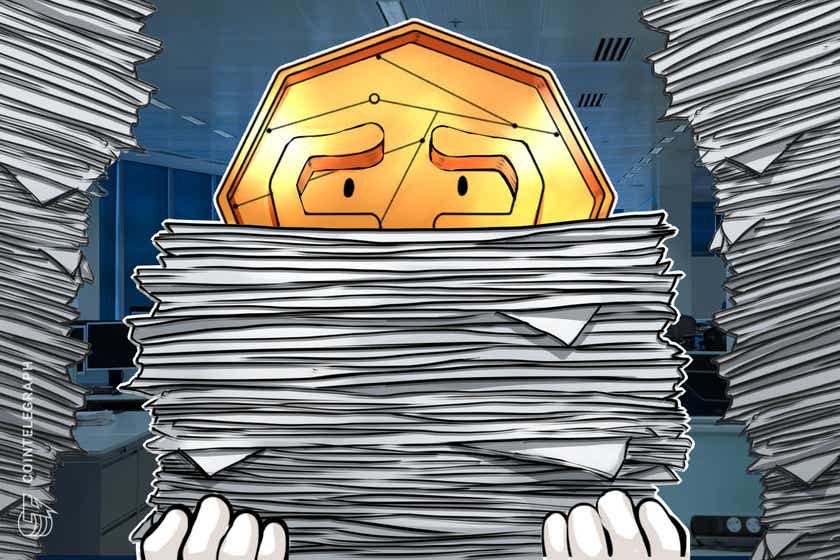NEO-based decentralized exchange (DEX) Switcheo partnered with the Zilliqa blockchain to allow trading of Ethereum- and EOS-based assets on the platform.
According to an announcement on March 16, after the launch, Zilliqa token holders will be able to access Ethereum-based assets for the first time. A Switcheo spokesperson also informed Cointelegraph that there are plans to add Bitcoin (BTC) support as well.
The two teams plan to launch a minimum viable product by the end of Q2 2020 and external user acceptance testing by Q3. The development is expected to conclude by 2021.
A notably inter-blockchain platform
Switcheo claims to be the first multi-blockchain DEX platform that enables cross-trading of Ethereum, EOS and NEO-based tokens. Furthermore, the platform reportedly counts nearly 35,000 traders and supports 24 cryptocurrencies and 43 trading pairs.
A Switcheo representative told Cointelegraph that the DEX will use the existing Switcheo order book and that all the smart contracts are designed to be interoperable. Furthermore, the assets of other blockchains can be swapped with Zilliqa-based tokens.
A Zilliqa spokesperson said that any ERC-20 compliant token is supported by the DEX. The firms involved in the project plan to build a liquidity pool to facilitate trading.
The rise of decentralized exchanges
As the cryptocurrency space matures projects looking to decentralize their market infrastructure are gaining traction. One of the main advantages of a well-built DEX is the lack of a central point of failure.
Switcheo CEO Ivan Poon pointed out the advantage of DEX platforms over their centralized counterparts:
“Decentralized exchanges have been recognized for the absence of centralized governance which enables greater security and safety for users and their assets.”
As Cointelegraph reported in December, developers of inter-chain architecture Komodo launched AtomicDEX, which runs a full peer-to-peer node in the web browser of its users. That same month, the Waves DEX upgraded to adopt a hybrid architecture that adds features typical of centralized trading platforms to the exchange.









